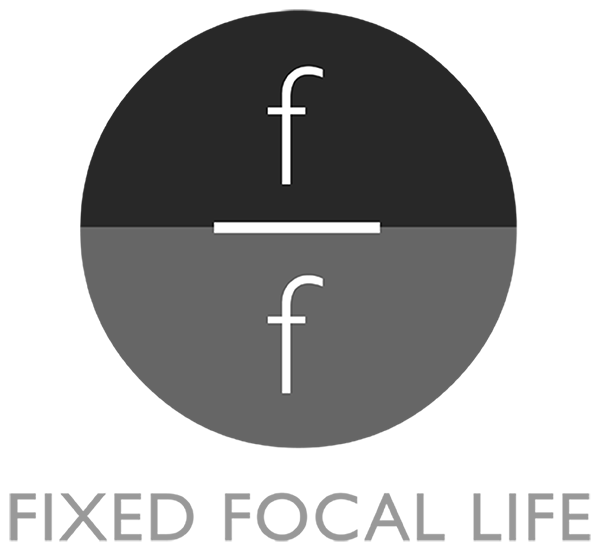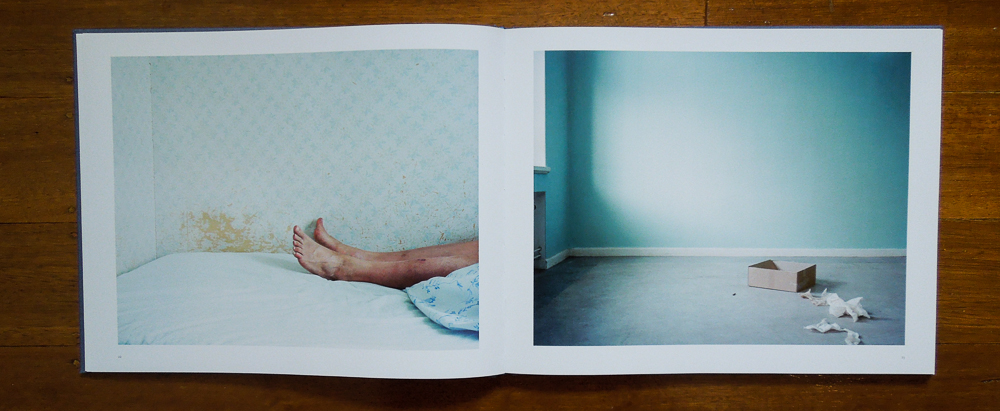Johan Willner - Boy Stories
I havent reviewed a book for a while, but this doesnt mean that I havent had a few turn up on my doorstep. I love great books, and there are some great ones that I have that I still need to spend some time writing about. This is a process that makes me sit and take in the book. Its just like writing a book review in high school, except now I appreciate the value of the exercise. As I said, there are a few really stellar books that I have that I have been meaning to write about, some of them a little daunting as I dont know where to start and how to do them justice. I set up place holders on the site a while back so I know which books are on the list with the thought of having some time to write on my recent trip to Japan. The fact that I had no time to write was a bi product of the productivity I had with the camera. And the fact that this has taken so long to get to after my return is due to the time that I have been spending in the darkroom since returning. Results of this to come very soon.
The fact that this great book by Johan Willner has leapfrogged some of the others on the to do list speaks wonders for the images and how they have touched me. I only got the book in the mail recently, and I knew instantly that it was a really special collection of photos.
I cant remember how I found out about this book, but I think it was at the Center For Contemporary Photography. They recently opened a small book shop run by the guys at Perimeter Books. They have a great little selection of books there, and if youre in Melbourne this area of North Fitzroy is quickly turning into the photographic hub. There is also another gallery called Colour Factory, Vanbar photo store is there with their great selection of film and gear, and there is also the Asia Photobook Archive.
It was a book that instantly sucked me into the pages when I started to browse the images. There is this feeling with the book that what youre looking at is a little slice of the artists life. The fact that this was evident even at the first viewing in the shop made me very excited about spending some more time with Johan Willner's images.
There is a short story at the start of the book written by Willner. I often wait to read these intro pieces before I have spent enough time with the book to make my own decisions about what the images are telling me. I dont like to read something by the artist up front and have the words influence my viewing of the work.
The other thing this does is allow you to see how well the artist has done at telling the story they were hoping to through their images, without the need for words to fill in any gaps. The images in the book shift through a diverse range of locations and settings. Some are images are in the street, and at times have a posed feel to them. Others are set in what looks like a hospital of some kind, or in what appears to be peoples houses.
Throughout though, the feeling is so consistent. There is a feeling of trouble and unease. Anguish of some kind. Its not clear if the trouble is emanating from the scenes in the hospital, or the various other locations. It probably doesnt really matter. What you are left with is an understanding that there is a very heavy third person type aspect to a lot of the work.
What I mean by this is the understanding that as the viewer of the images you feel somehow involved in the story that is being told. The images are strong enough that you cant help but become mentally attached to them in some way. This is further strengthened by the sequence that the images are displayed in. This attachment makes the sensation of viewing the book all the more stronger. I think that after reading Johan's story at the start of the book, the strength of the images within come from the fact that the story being told is such a personal one.
The story at the start of the book is one that is able to be interpreted on more than one level, much like the images. In reading the story the source of the unease in the images becomes clear. The story tells of Johan's fathers battle with mental illness, and recounts times when Johan would go an vist his father in the hospital. In some ways the story of the text is just suggested rather than obvious. I like this fact. It still allows some latitude to the reader in how they may feel about the story. Youre still able to use a little imagination to take yourself to the place in the story that you want to go. This is such a clever way to write and intro to a photo book due to the unarguable similarities to how a viewing is impacted by looking at a photo.
Its hard to have this type of life event occur and not let it impact on your work as an artist. I think that many of the great artists in any genre have a back story. Much the same as Johan reflects in the short story about the passing of time and its relationship to life, the same relationship can be drawn between great art work.
One would be hard pressed to argue that great art work has nothing to do with its makers life experience. Not from a purely technical learning perspective, but from a more spiritual sense. Its doesnt have to be something that manifests itself in a negative or depressing piece of work, and even though the topic of mental illness, and its impact on the family of the sufferers is not a light hearted topic, I am not trying to accuse Willner's book of being depressing.
It is also far from light hearted.Its clear from many of the images that there is a emotional outpouring that Willner is trying to convey. The eye contact from the subjects with the camera is something that keeps this at the forefront of the thinking while you are viewing the images. The subjects of the books are the important medium. They are the ones that are generating the feeling of unease. They are the ones that have their story to tell, although as I mentioned earlier, there is still this third party aspect that invades the situation.
It might be the fact that the numerous images where the subject is staring directly into the lens is the thing that is generating this. The book is not a study of portraiture. Its also not a street book. I dont think that one would be able to argue that its a documentary book either due to the fact that the images in large are certainly staged. This however doesnt matter at all.
The book is a personal account of someones story. Its like a fictional drama movie of some sort that has been shot in single still images. Fictional may not be the right word either once you take the time to read the short story at the start of the book. Its actually closer to a reenactment of sorts.
The book shifts at times to some lighter and more playful images, but this is also akin to Johan's story. It really is a wonderful and warming series of photos. It is a piece of the artist in the pages and for this I think I have to say thank you for sharing. It would be a terribly hard thing to make a series of images with this much emotion at such a personal level, and then publish it for the world to see.
Again, this is another thing about artists. Their ability to share themselves with those who are willing to listen. Maybe having a realisation of this as a requirement of great art work is something that artists need to both learn, and come to terms with. On the other hand, maybe there is an unknown quantity of great art work being completed by artists out there that have no need want or desire to share it with others. This was plainly the case with someone like Vivian Maier.
If youre a collector of photo books then you wont go wrong with this one. Willner's work is simply stunning, and viewing it in print format does it the most justice. The show was actually in Sydney not long ago. Would love to hear from anyone that was lucky enough to see this series in person.









